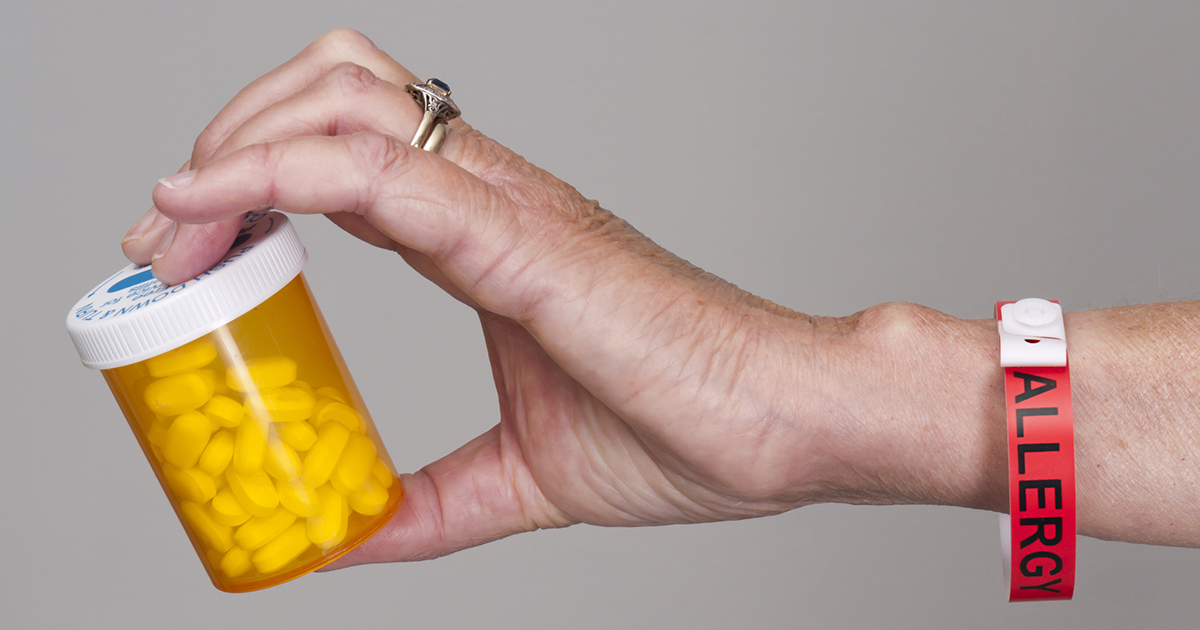Effective Treatment Options For Urticaria Pigmentosa
Urticaria pigmentosa is a skin condition that typically affects infants and children. Individuals with this condition develop a reddish-brown rash that may be either flat or slightly elevated from the skin's surface. Although the rash is not painful, patients usually experience extreme itching. Urticaria pigmentosa most often occurs on the torso, and though it is also frequently found on the face, scalp, arms, and legs. Other symptoms associated with this condition include a rapid heartbeat, headache, and diarrhea. In some patients, the face may become red very quickly, and fainting has been reported as well. To diagnose urticaria pigmentosa, doctors will examine the skin and may perform a skin biopsy. Blood and urine tests may also be completed. More than half of patients with urticaria pigmentosa experience a complete resolution of their condition by the time they reach puberty. Even for patients whose symptoms do not completely disappear, symptoms normally reduce substantially by puberty.
The treatment options outlined below are commonly recommended for patients with urticaria pigmentosa.
Antihistamines To Control Allergic Reactions

Since the rash associated with urticaria pigmentosa can produce extreme itching, akin to allergic reactions, doctors will often prescribe antihistamines. These medications are taken orally or as a nasal spray, and they work by decreasing the release of histamine from the body. In addition to reducing the itchiness of the rash, antihistamines may reduce facial flushing and redness that can occur with urticaria pigmentosa. During treatment with antihistamines, the patient will be monitored closely. Potential side effects from antihistamines include drowsiness, dry mouth, nausea, vomiting, blurred vision, trouble with urination, restlessness, dizziness, and irritability. If patients are on an antihistamine that causes drowsiness, they may be able to be switched to another form without this side effect. Any worrying or persistent side effects should be reported to medical staff. Patients taking antihistamines should not take acetylsalicylic acid, codeine, or opiates, and alcohol use should be avoided.
Keep reading for more on the options for treating urticaria pigmentosa now.